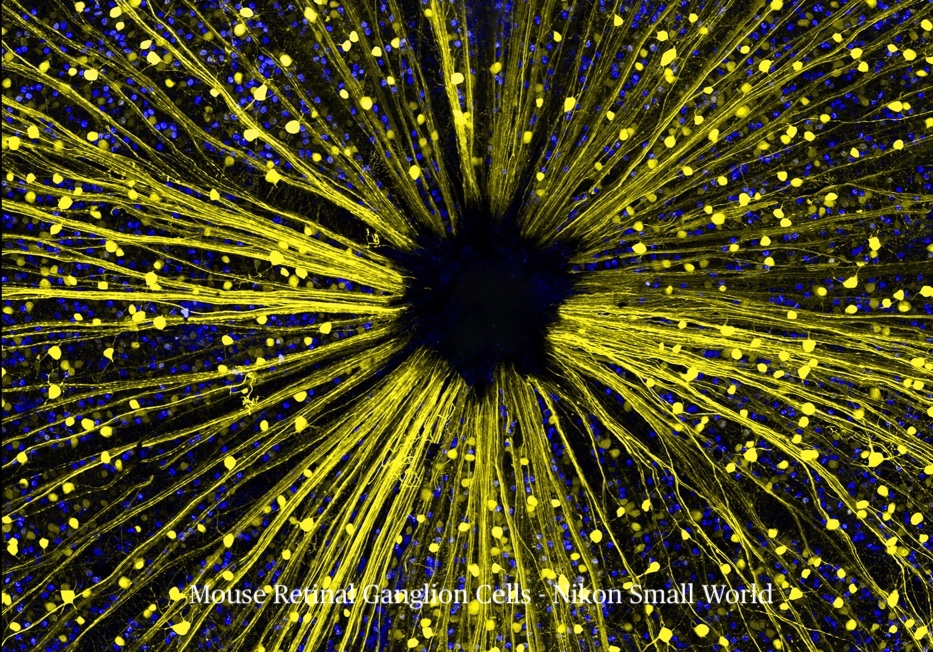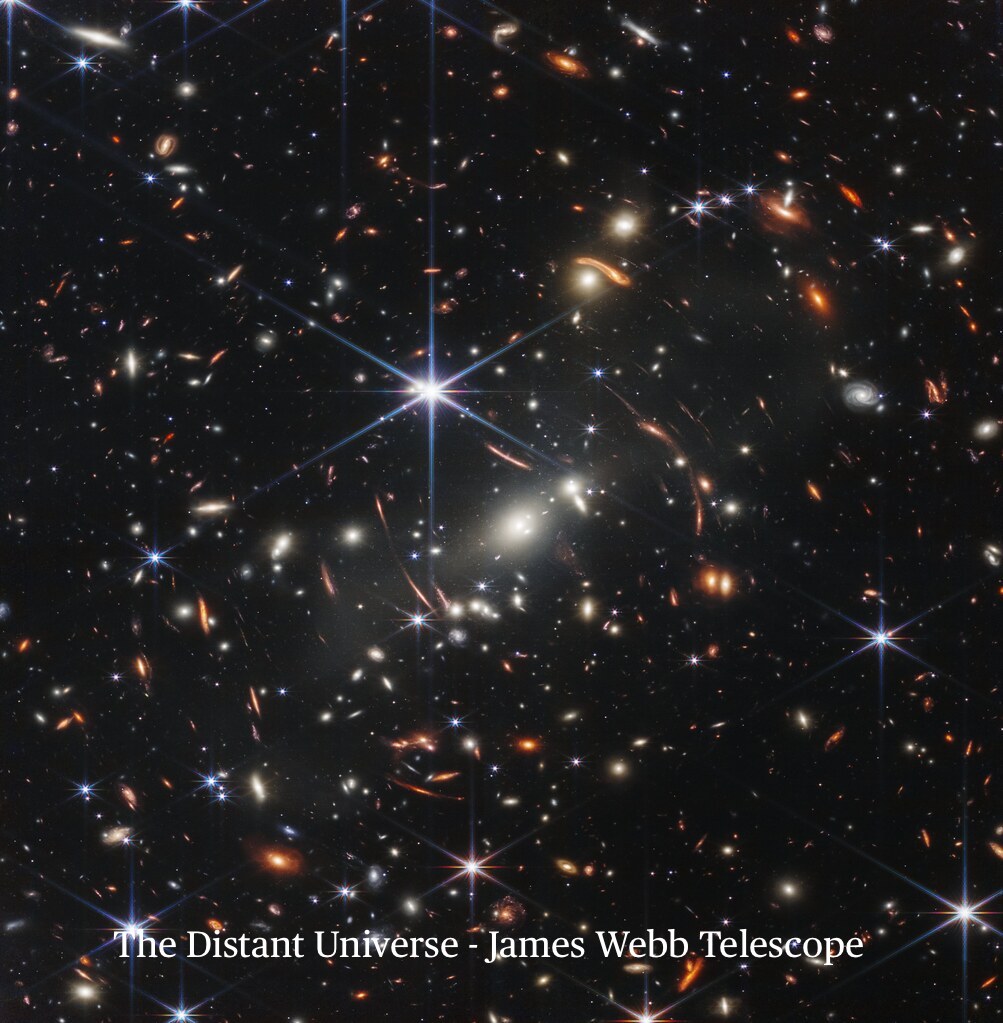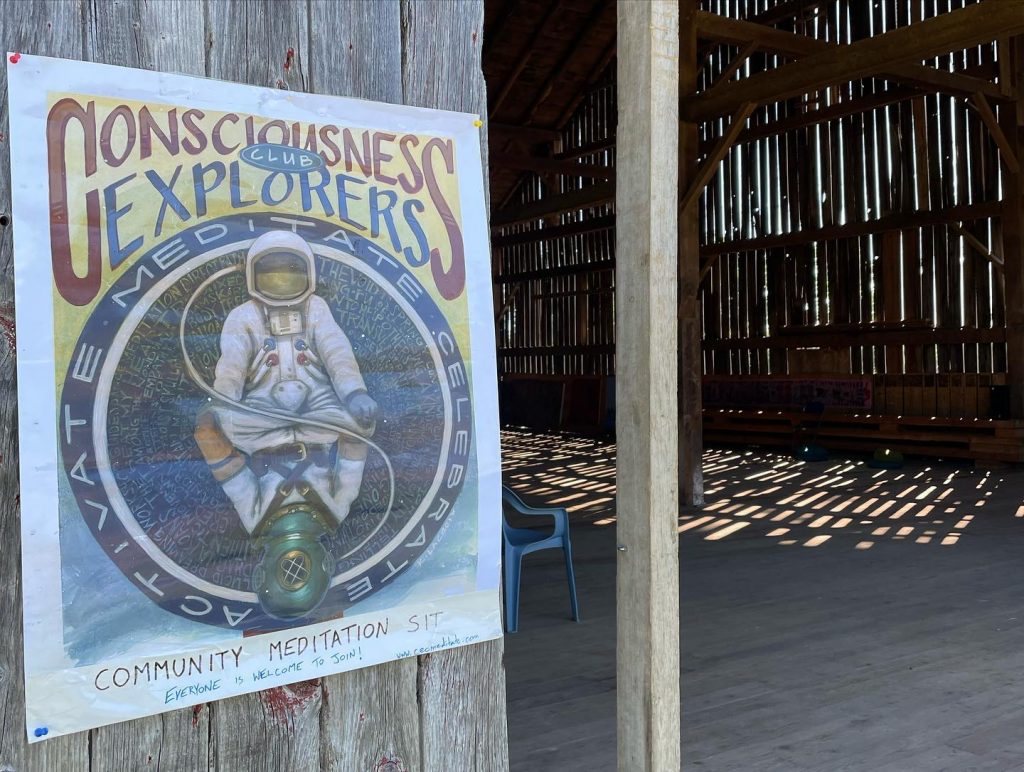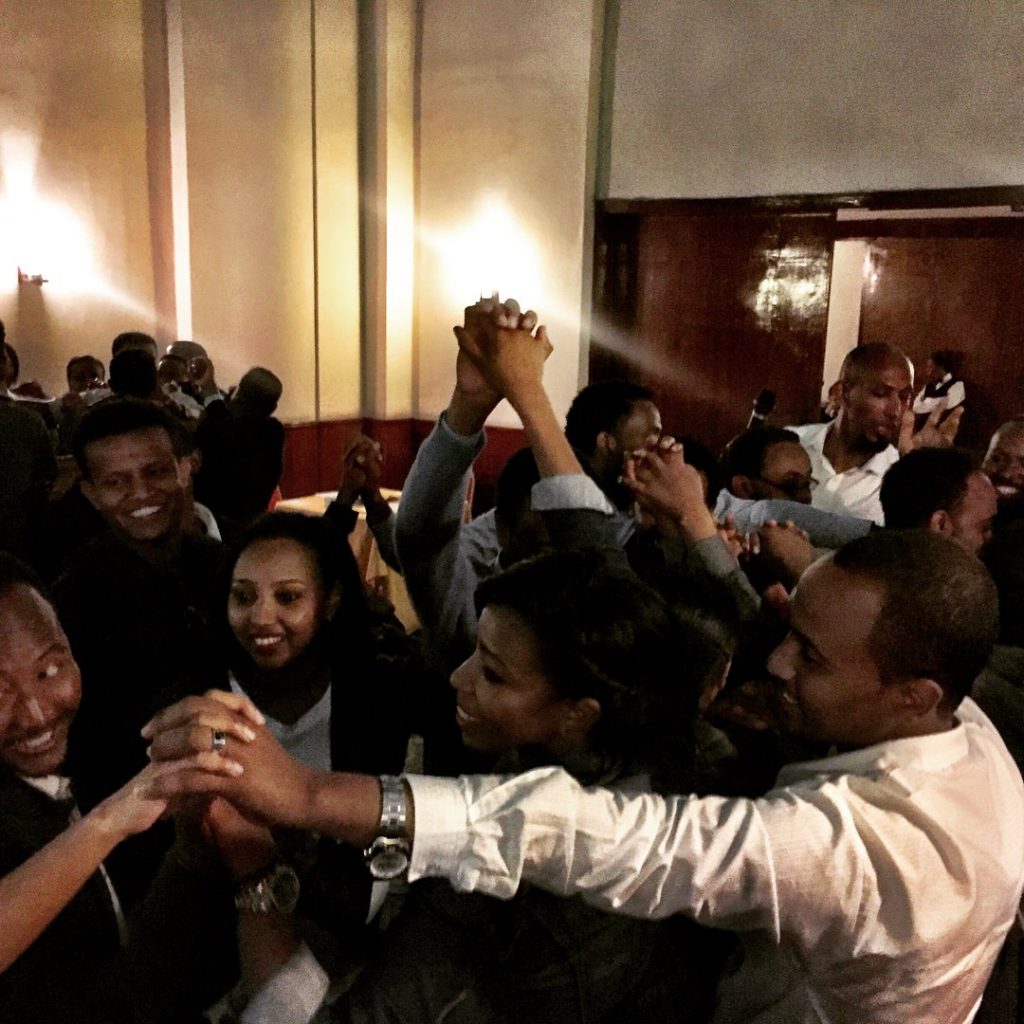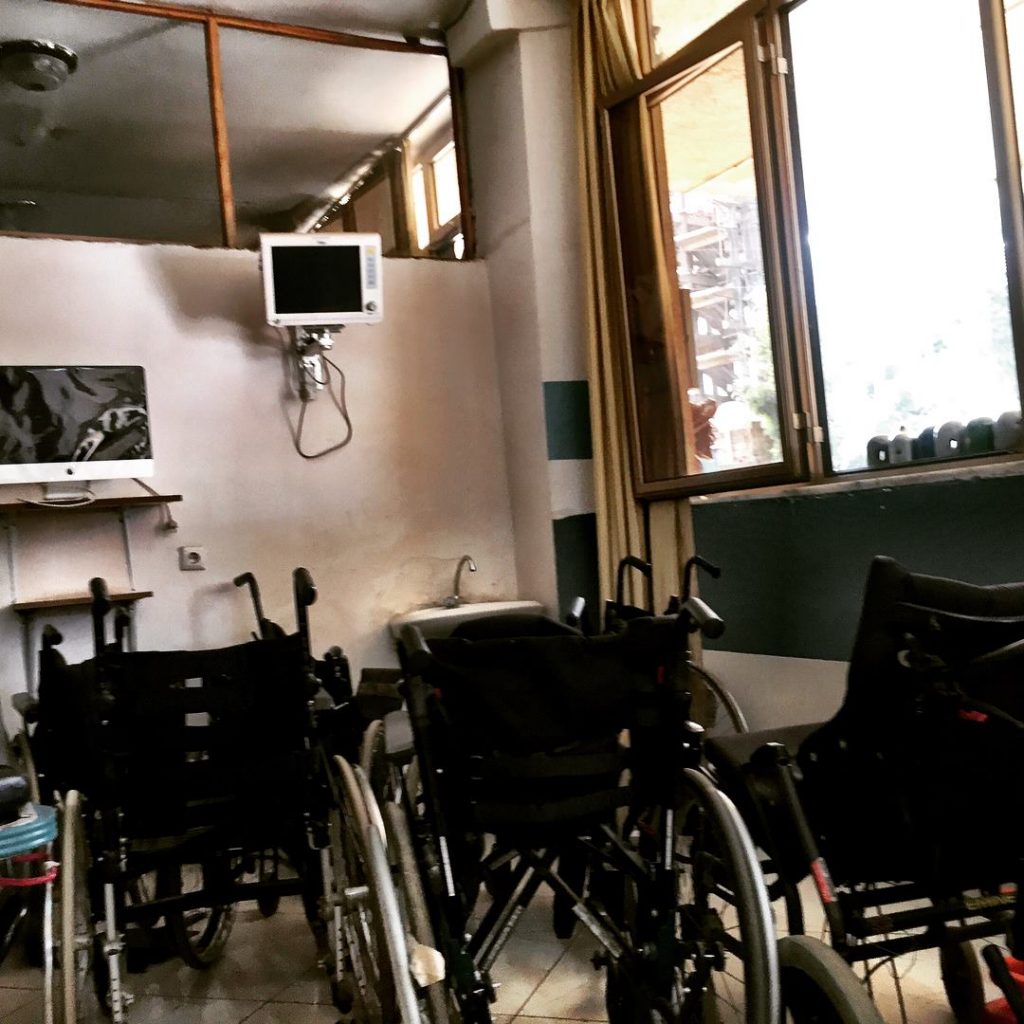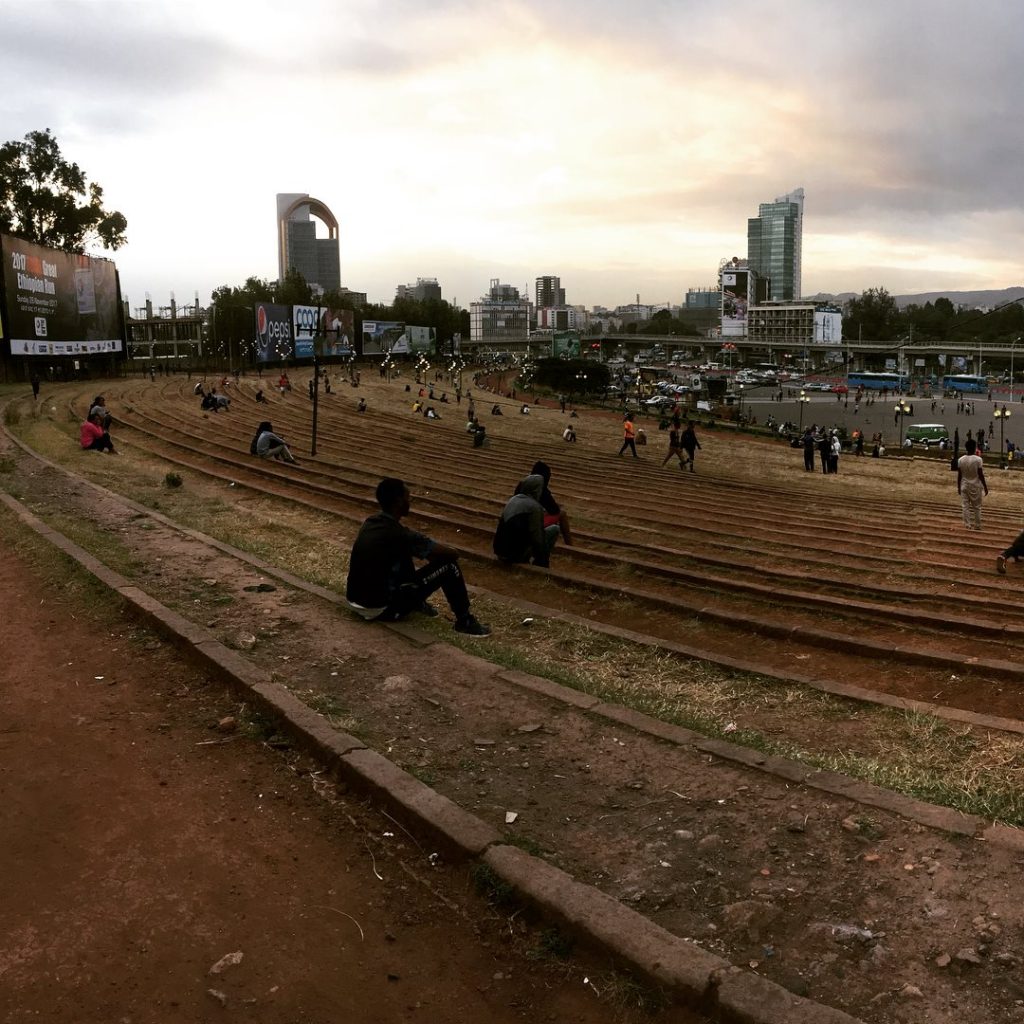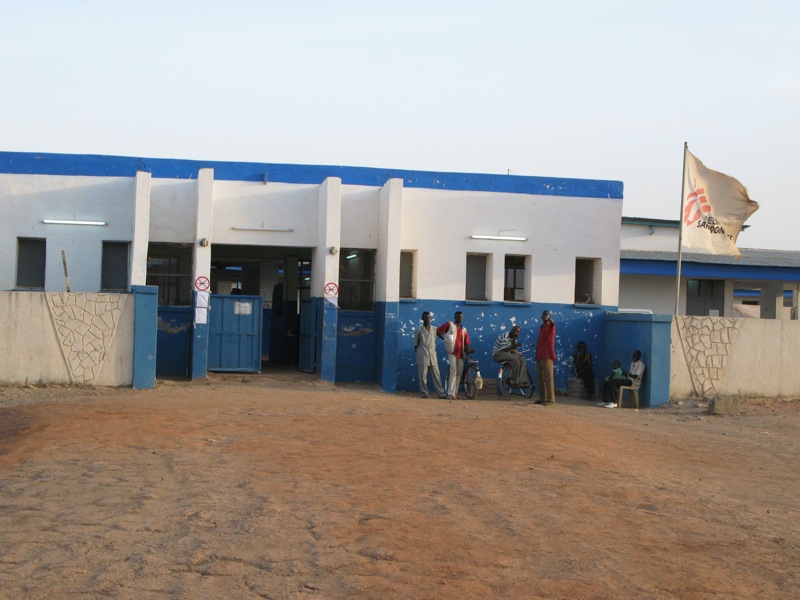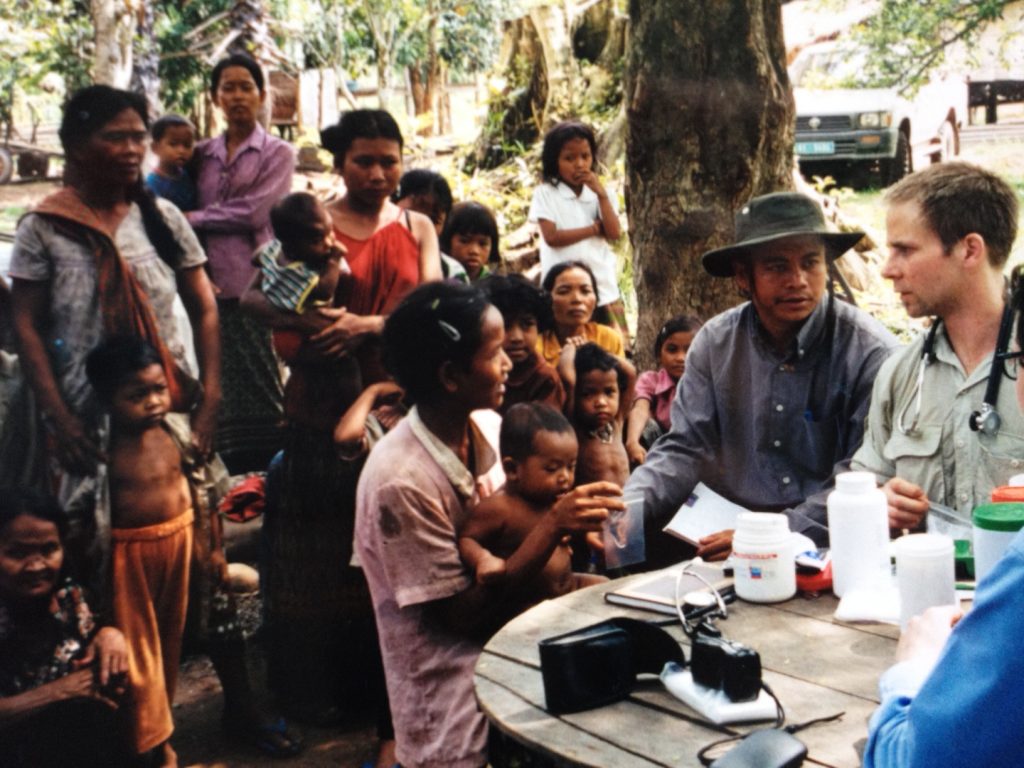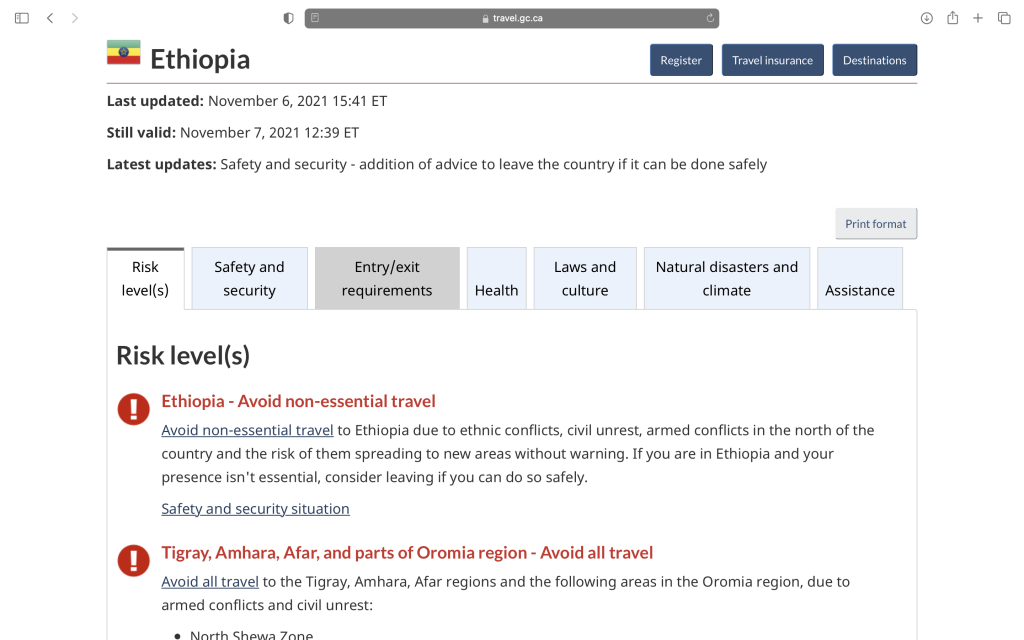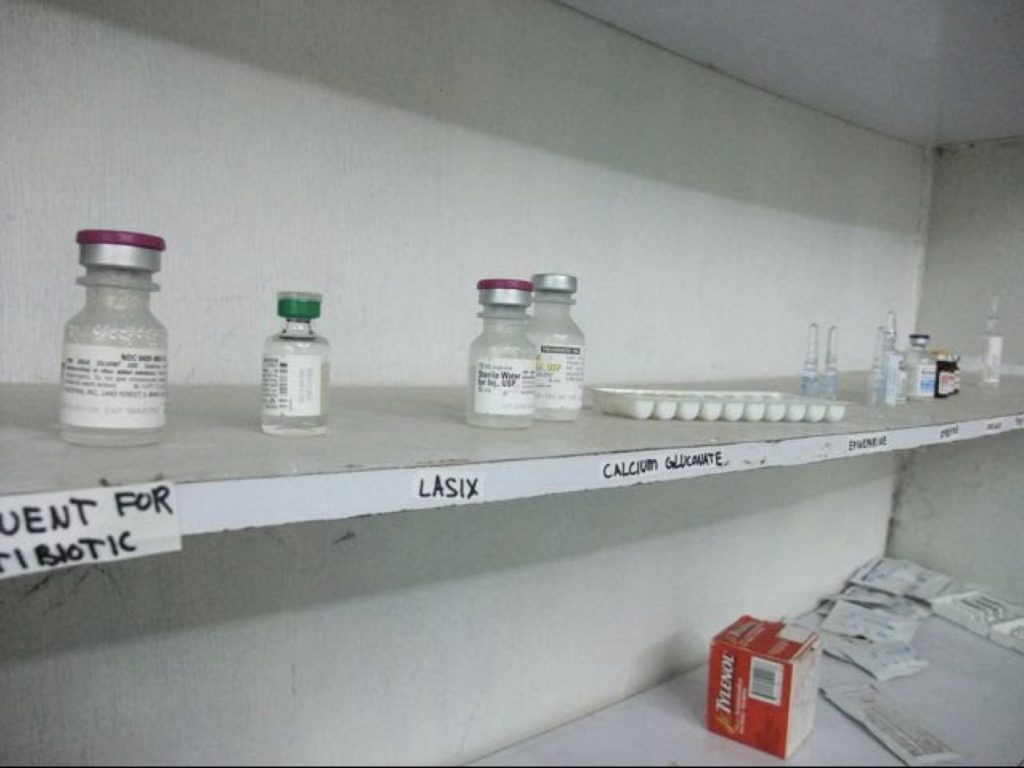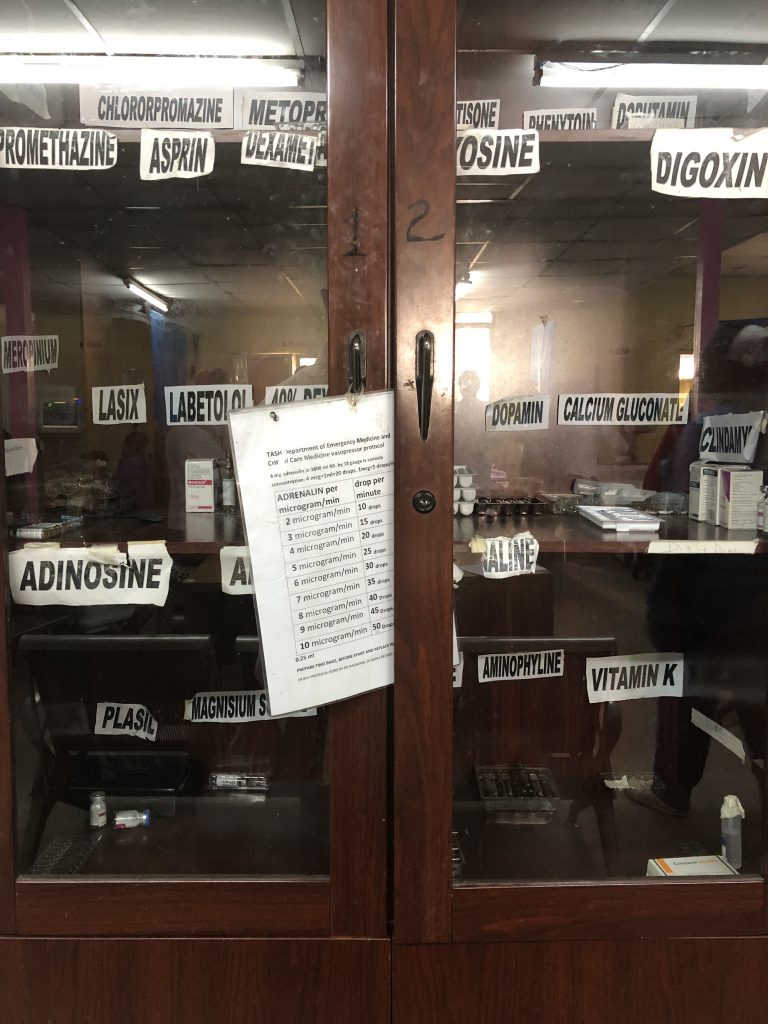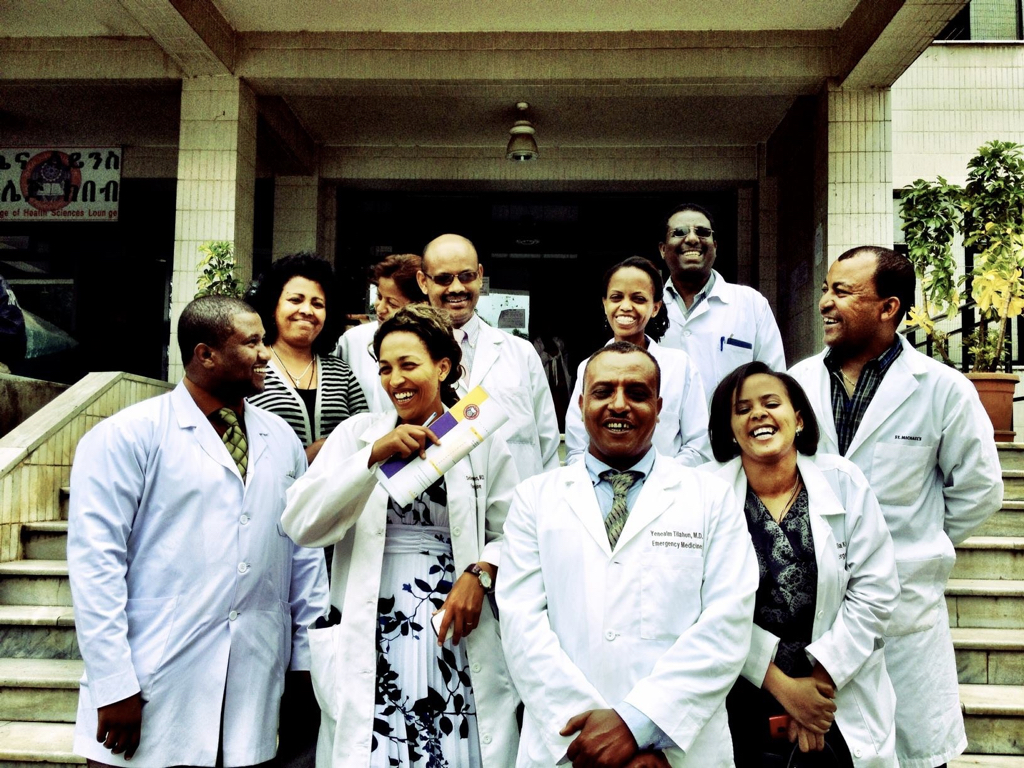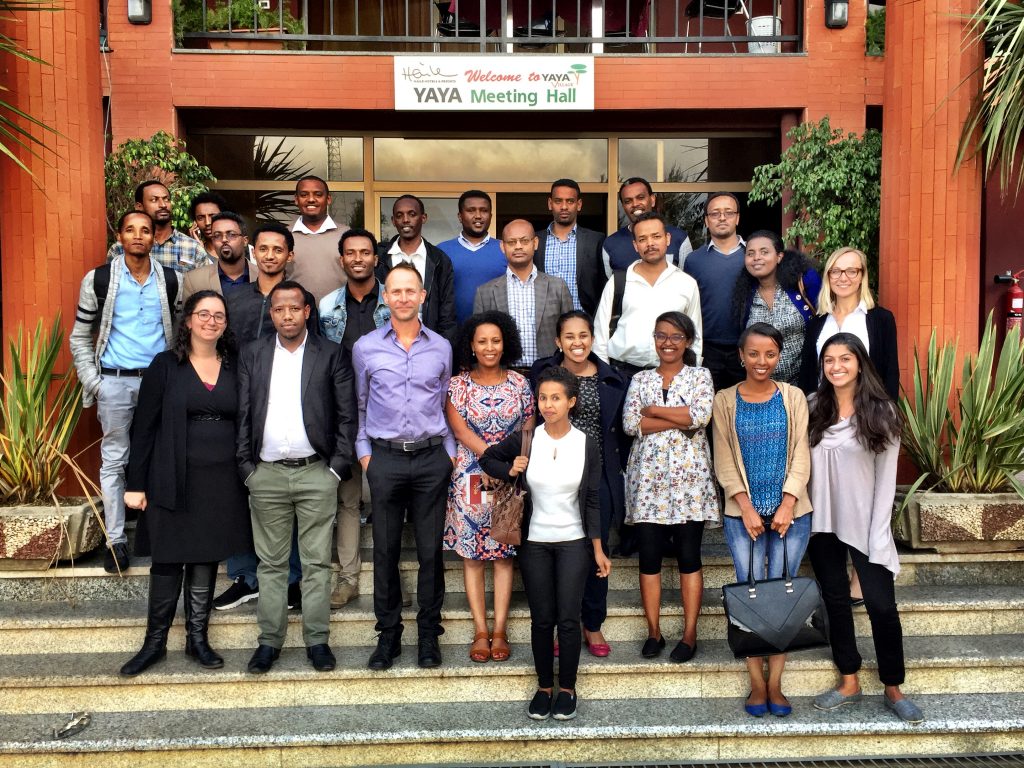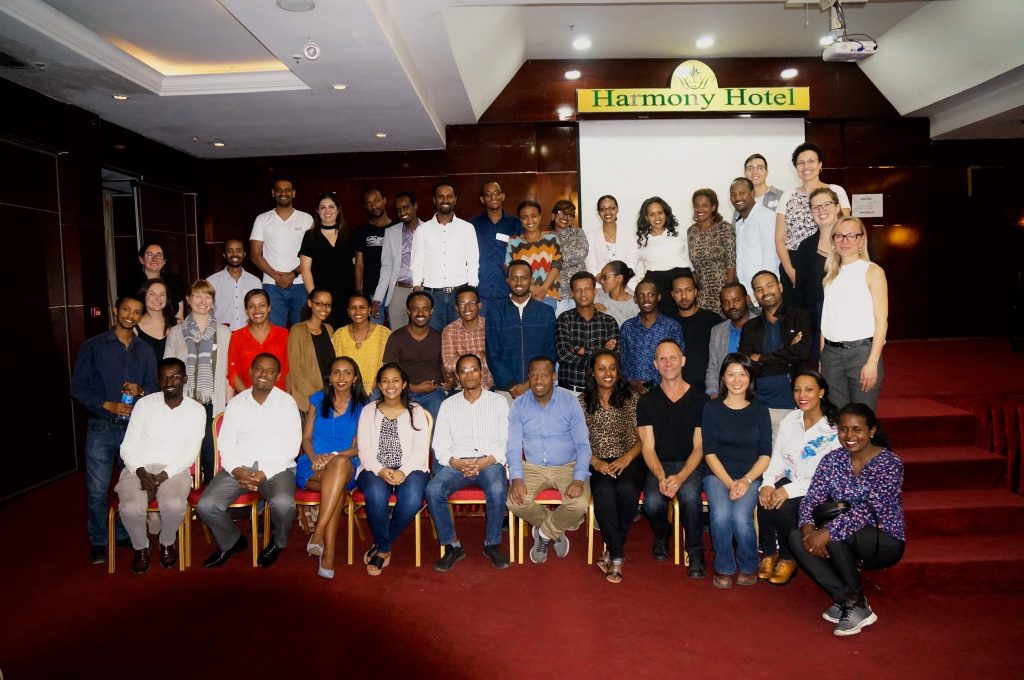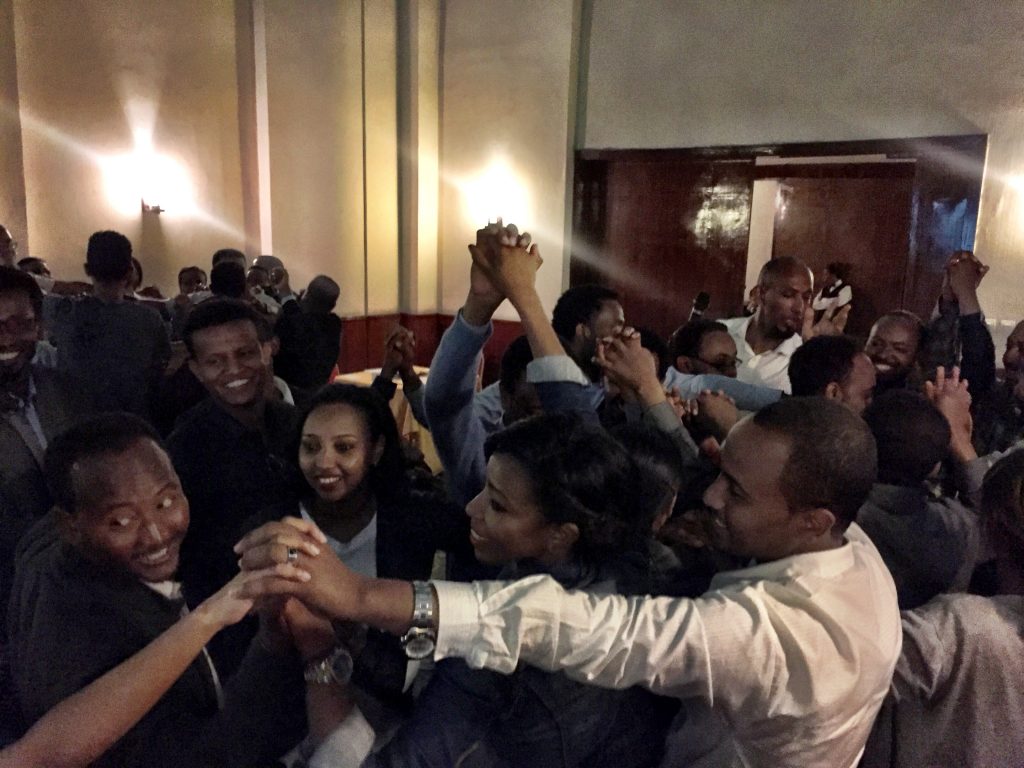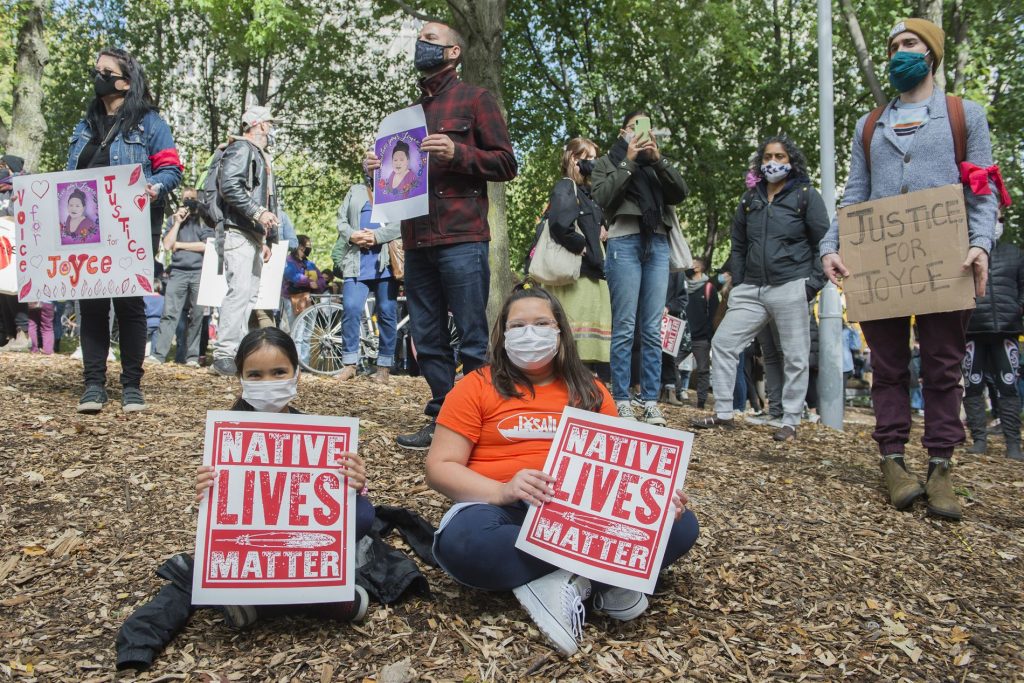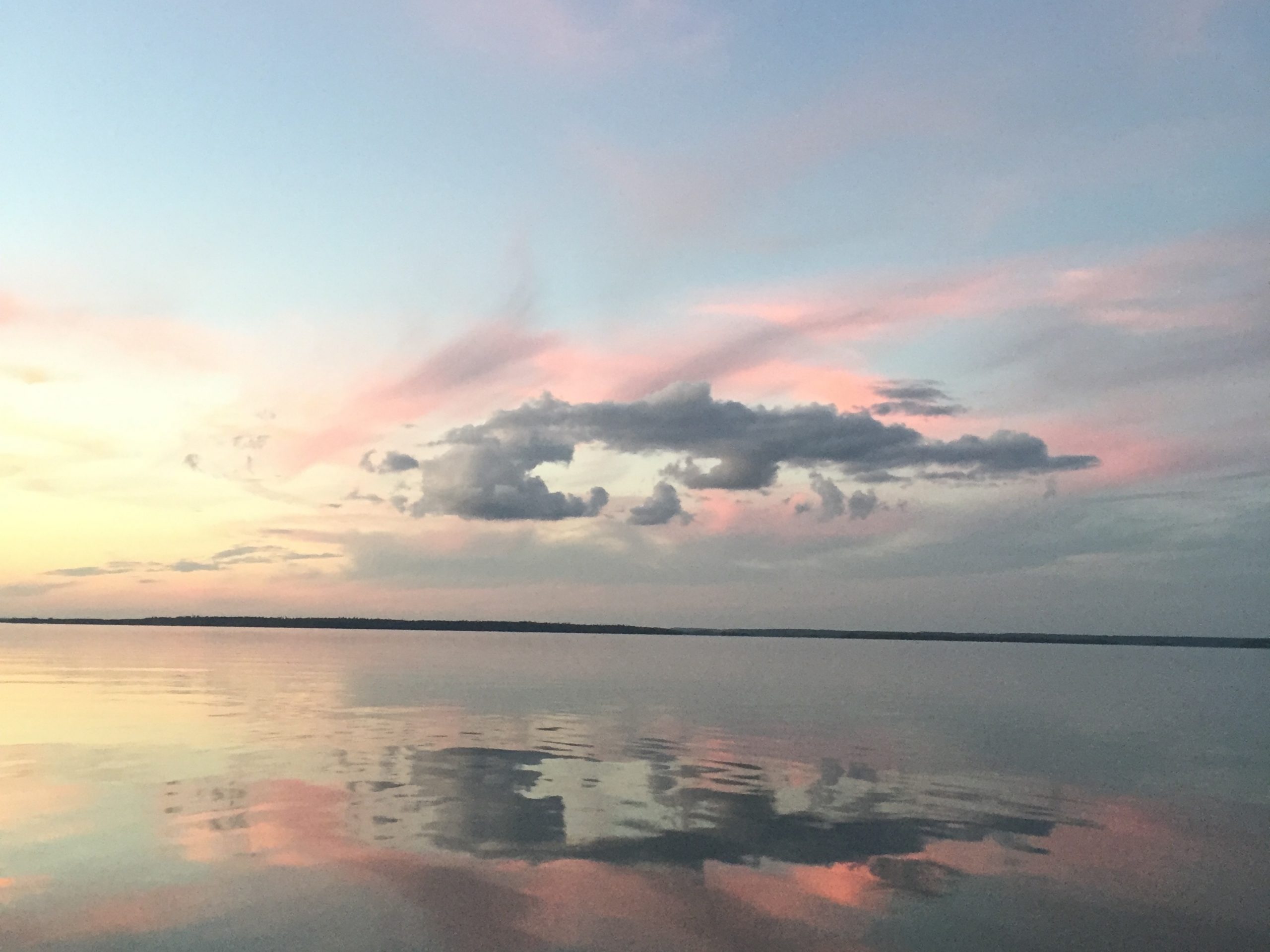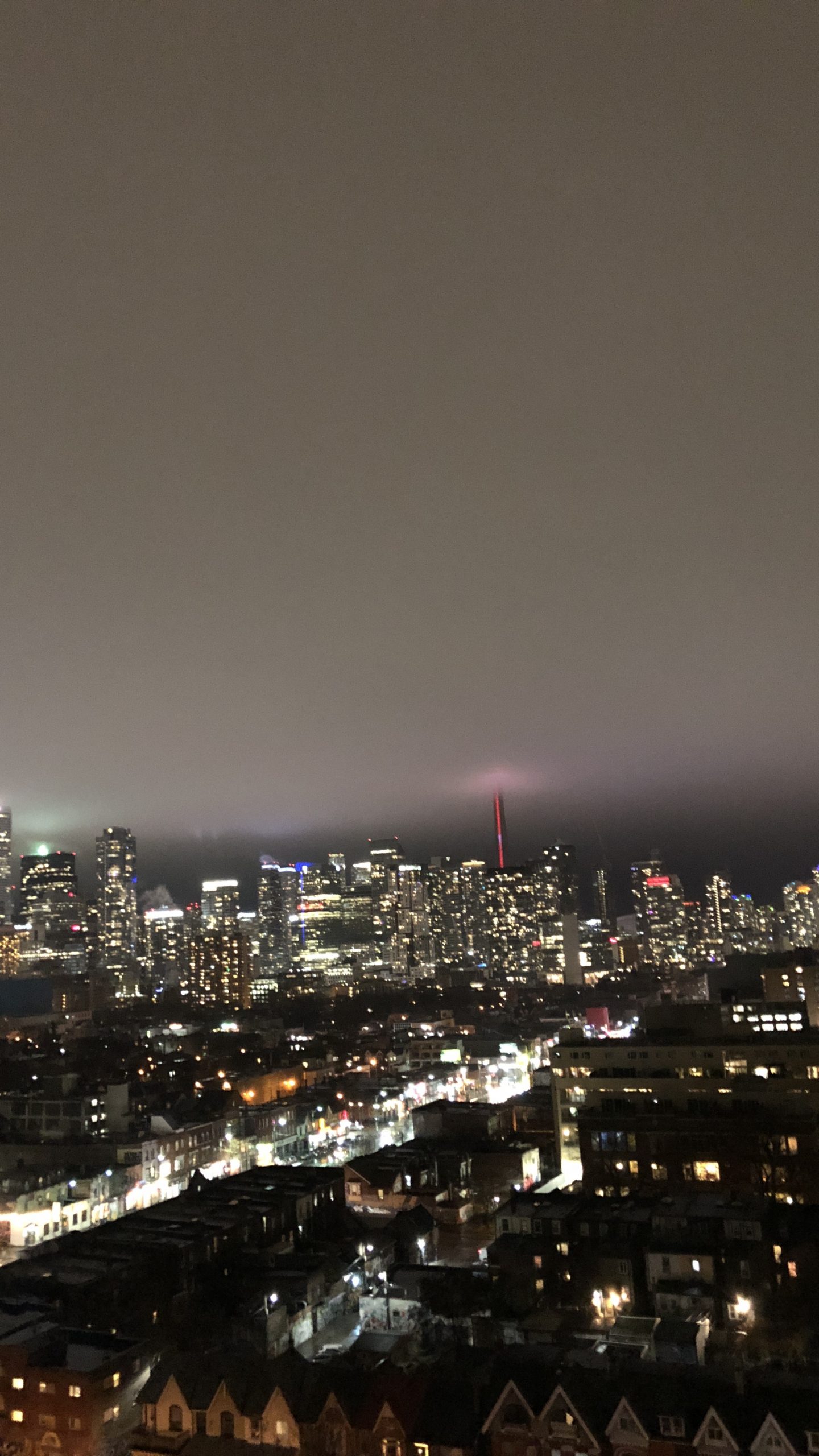James Maskalyk (MD) is a noted Canadian doctor and author of a new book titled, “Life on the Ground Floor”, which is to be translated in Amharic. The book is a reflection of his experience working as a medical doctor in Ethiopia as well as in Canada. Here, he reflects with The Reporter’s Samuel Getachew on his long attachment to the nation, on mentoring and teaching the next generation of Ethiopian doctors, on his interaction with the vulnerable and shares the powerful wisdom shared to him by a mentor that have given him a renewed purpose in life. Excerpts:
The Reporter: James, you are a noted doctor in Canada and you have spent some time in Ethiopia and being exposed to the local health care scene. Tell me about that?
I arrived to Ethiopia for the first time in 2007. I was working with the medical organization Médecins Sans Frontières, in Sudan. At that time it was one country, and the fighting between the future nations was vicious. I was taking care of a small rural hospital at the intersection between North and South, and as part of the activity, was running a small tuberculosis program. There was a Tuberculosis training in Addis Ababa, and I was asked if I wanted to attend. I hastened to, not simply because I was keen to improve the outcomes of my program, but because I so desperately needed to get away from the conflict and the heat and the dying.
I landed in Addis Ababa, and as soon as those airport doors opened, it felt like home. I’m not sure if it was the humidity, the friendliness of the people, or whether on one of my previous lives I had walked its streets, but I knew, in that in instant, I would come back. Over a week, I learned from teachers from Addis Ababa University about tuberculosis, and their gift to me of their knowledge and experience, saved a hundred of lives. When I returned, watching people get better with tuberculosis, rather than worse, changed my experience of Sudan.
Though I left it with deep sadness, commensurate to the suffering, I did have one bright spot. Not even a month after my return, I received an email from my director at the University of Toronto who told me that Ethiopia, interested in making a large transition in the health of its population, wanted to open its first emergency rooms, staffed by its own expert’s. Would I help? I agreed, not simply because I had this early affection for Ethiopia, but because I was so distraught from the problem In Sudan, I could imagine no other way to solve it than to work on the root causes of conflict from nearby, with a group of physicians and nurses who might one day, take what they’ve learned and pass it on to their neighboring country.
So at the beginning, my first work in Ethiopia was largely born from my exposure to conflict In Sudan, and realizing that you can’t fight war with war, but that one must take the long view of what engenders it, which is poverty, illness, and inequity.
In the decade you have been in Ethiopia, what have you learned about the local health care scene, in particular at the Black Lion Hospital and what has changed that have impressed you most?
Without doubt, what has impressed me most in Ethiopia, is the commitment of the Ethiopian men and women, not just doctors, but nurses, cleaners, security guards, who despite adversity, and lack of remuneration, show up to the ER on days, nights, evenings, and weekends, and work in a dangerous, dark environment to help people who can either afford to pay that much, and whom they don’t know.
While l this happens in Canada to do some extent, many of us accrue a significant financial benefit in addition to a spiritual one. This is not true in the public system of Ethiopia. I watch many other specialists migrate to the private system, where they perform tests on the wealthy so that they can join their ranks. At the public hospitals where my former students and current colleagues work in Addis Ababa, Jimma, and Hawassa, they struggle with their patients to find the money to get even the most basic ones.
They fight a battle for recognition by their peers, who see such work as lowly, but their hearts, like mine, are full even though their pockets are not. There is never a question, when standing by the bed of a 14-year-old with a rheumatic heart, gasping for her last breaths, that their knowledge and experience is being used In the purest way. In my opinion, it is the wanting of that girl’s life to go on when much of society has passed her by, that will transform not only the nation, but our notion of humanity. There are a few successes, and many failures. But they strive, and on the rare days they win, they leave the ER with no questions about what life is for.
One of the difficulties with helping Ethiopia move forward is the lack of capacity building and knowledge transfers. You have been working on training Ethiopia’s pioneering emergency doctors in the nation. Share with me the highlights?
If you are as good as your teacher, you are half as good. It has been the most humbling and beautiful experience to watch my former students become twice as good as me. The strongest leaders are turning out to be women. And In Ethiopia, like it is in Canada, women have many more invisible barriers to break, even just to be equal, but there they are, leading the charge on behalf of their colleagues, and millions of Ethiopians. So they are three times as good.
When I walked through Black Lion the first time, there were few curtains, no monitors, and the drug cupboard was bare. We made a decision early on, despite the difficulty, to not bring drugs or supplies that we couldn’t find in the country. Instead of bringing the critical medicines or tools, we taught the doctors and nurses to ache for them. They did, and argued for their addition to the hospital’s budget, found suppliers, and now, when they run out, instead of hoping that more may arrive through the door, they go to the store room and ask for more.
As it has been from a very early beginning, they have become my teachers. I look forward to learning from them for many years.
You are certainly a man of privilege and a medical trained doctor in Toronto. Why do you think it’s important for such people to venture outside of their comfort zone and help in societies that they are, perhaps, needed most?
When I was learning medical ethics, that I was supposed to take care of the sick ones, no matter when they needed me, or where, I traveled to a developing country, and saw that poverty, conflict and sickness twisted so tightly together, you couldn’t tell the two apart. I understood that my work, if I deserved the title of physician, was at least in part, in other places. I still believe that is true. If you are a true believer in medicine, enjoys the position and authority it affords you, you must work on the social problems that manifest the diseases you have learned to treat. Otherwise, you are doing only half the job.
I also believe that if we are to claim the title of being truly human, we will realize that those medicines shouldn’t stop at the invisible lines in the ground that we called borders, nor stand up to the commonly held truth but these patients are too far away from us, when planes fly overhead in greater numbers, taking entire families to Disneyland and Australia.
I believe that human life is sacred, truly, no matter what color your skin is, what tribe you identify with, or where you lay your head. All life really are! I can see no downside to this approach because I get to include myself in that grace. Mine is actually the selfish approach, because I want to believe that my life is special, my life is sacred.
So the only way I know how to do that, is by treating all life as if it was a tremendous gift, that all suffering was my suffering. If we have a chance to save the notion of what a human being is, at great threat in our life times more than it ever has been because we have all the tools to solve even our largest problems. We will only meet our true selves when we can give the child in the ER in Gambella, Eritrea, Canada, Laos, the right treatment for their sore throat, so their heart doesn’t grow too big for their chest, and they die breathless and their mother’s arms before they have a chance to work on these challenges with us.
In your latest book – Life on the Ground Floor – you compare your medical experience in Toronto and in Ethiopia – the similarities and differences. It’s hard for anyone to link both, the experiences of one of the most affluent nations and one that is one of the world’s still developing nations. What are the similarities for you?
The human body is always the same. Suffering, pain, similar. A big difference is that in Canada, I would consider it both unethical and unnecessary, to offer the president of the Royal Bank of Canada, any different treatment then I would a homeless woman who sleeps on the street. That is a big difference. The glimmer of electricity on in electrocardiogram is the same in Ethiopia and Canada, and in that poor woman, as the rich man. In many ways, there is only one body, hurting from different things.
You see, emergency rooms are more than spaces with tools. They are a way of thinking. Once you cross the threshold, and sit down at the triage desk, if we are pure in our activity, it doesn’t matter whether you are young or old, rich or birrless, Amhara or Oromo, Muslim or Orthodox, only where it hurts, how much blood you’ve lost. In my mind, this is a global view, and the more places that hold it, the better chance we have of discarding our other way of thinking, and working to manifest a new one that includes us all. That’s what my latest book is about, “Life on the Ground Floor”, how principles of aliveness in the body, carry into the system that cares for it, both searching to be free.
How has your time in nations such as Ethiopia, South Sudan, Kenya and Cambodia impacted your private and professional life?
What private life? Ha ha. So much of it has blended into the other, but it’s tough to tease the two apart. I think it was my own mother who told me a quote, I believe from Seneca that says something like, “Why do you search so much for rest? You were put here to work.” I travel so much, I haven’t found time for a house or family. When people ask me, I say “I’m only 45! I’m too young.”
I have many friends, all over the world, but my work as writer and global doctor suits my personality. I am fond of long periods of solitude, whether they happen to be on a plane, or walking through the Mercato where no one speaks my language. I remember when I stepped off the plane into Sudan, my first long mission; my coordinator Maurizio asked me if it was my first. When I told him it was, he said “Oh, I’m sorry. You’re ruined now. I didn’t know what he meant at the time, but ten years later, I think I understand.
You have also worked with Medecins Sans Frontieres, in particular are Dadaab refugee camp as well as in Sudan. Tell me about that?
Wow that’s too big of a question. What is it like to watch no just one child, but dozens, starve to death, and then 36 hours you a ride back home where newspapers talk about the epidemic of obesity. That’s what it’s like. That’s what Maurizio was talking about.
To a young doctor who intends to follow in the footsteps of yourself, as a “Pearsonian Canadian” citizen perhaps, what advice do you have for that particular person?
There is no other work. You can spend your life amusing yourself, insulating yourself from the difficult parts of the world, but deep down, in your secret and true heart, you will always know that this is what needs to be done. There was never any such thing as Canadian, or Ethiopian, only human beings on an increasingly shrinking earth. You were put here to discover who you are, witness beauty, and move this thing called life, at least incrementally, towards it. I recognize the intense economic, and many other types of privilege I have that allow me to engage internationally, so I don’t expect everyone to follow such a prescription, but I do believe, once you get your own house in order, you can begin to work on our shared problems.
I would leave this person with the answer I was given when I asked my mentor, when I returned back from Cambodia, sick and disheartened at the immensity of the challenge, why I should bother to continue the work. He said “because it’s your bloody duty, that’s why”. It truly is. And with that, to laugh, love, and feel free, but none of us are until all of us are, so hasten.
